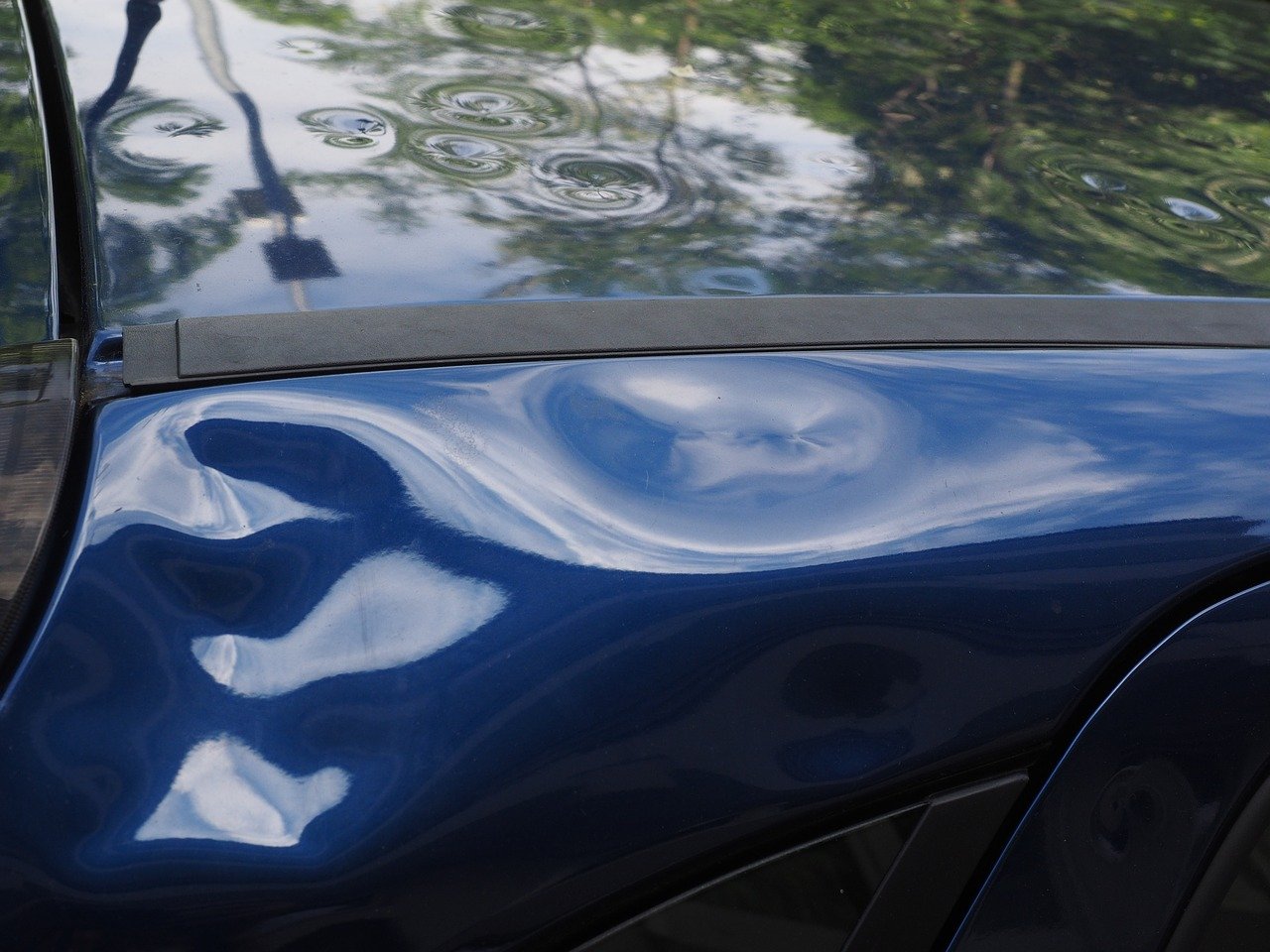
From time to time, your car will experience some form of accident. One of the most common impacts on the car’s body is a dent. When such happens, you can fix the resulting damage with paintless dent removal-PDR. Car body dents can be from car park dings, hailstones, or shopping trolleys.
Paintless Dent Removal
PDR is a method of repairing a car’s bodywork, often a dent, by reshaping using special tools. Reshaping means there’ll be no need for repainting or refilling. The car gets back its shape by using special tools that press, and gently push the dent from behind.
Consequently, the mechanic pushes out the dented metal bodywork to restore the former shape. This method, thus, repairs the damaged area without interfering with the car’s paintwork finish.
Which option-dent repair or paintless dent removal?
Paintless dent repair is increasingly becoming the pick for many motorists because it maintains the manufacturer’s paint finish. Depending on who‘s doing it for you, it can be easy, quick, and satisfactory. Because the PDR does not need painting and curing, your car can be ready in a matter of hours.
PDR is an excellent reshaping option for minor dents if the paint is not compromised. It is also ideal for complementing a more demanding dent repair. When this is the case, PDR prepares the damaged car panel to reduce the quantity of filler used or the repainting process.
How PDR works
Paintless dent removal is a skilled restorative procedure that needs the hands of a proficient and knowledgeable technician. There are four steps in paintless dental assessment of the damaged part;
- Gaining access to the dented area
- Getting a keen look at the dent from both sides
- Application of pressure to even out the dent
- The damage assessment
The technician locates the dent to assess the gravity of the damage. Next is to determine the best way to get to it. Once these two things are complete, the technician prepares the area around the dent for the next procedure.
2. Gaining access to the dented area
The restorative procedures are all done from inside the damaged metal. This means the car’s body works have to be carefully removed. These parts include the tail lights, body panels, and interior panels if need be. Some of the tools used are metal rods and body picks that gently massage the dent to push it outside.
The technician must carefully manipulate the paneling tool to the appropriate height to place it where the dent is located.
3. Getting a keen look at the dent
A skilled technician working in a well-equipped garage should use a light board to give a defined look at the dent to have a take about it. The light board then displays a shadow of the dent. This helps the technician to know the exact location to place the tool and the amount of pressure needed.
4. Application of pressure to even out the dent
The technician will massage the dented area, gently forcing it to its original position PDR is a matter-of-hours process. It can take longer depending on the severity of the damage.













